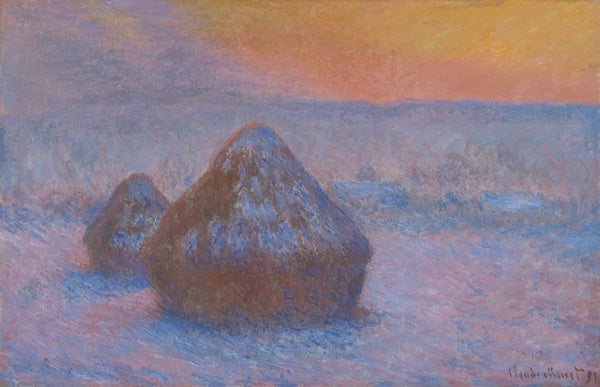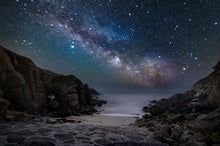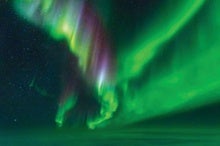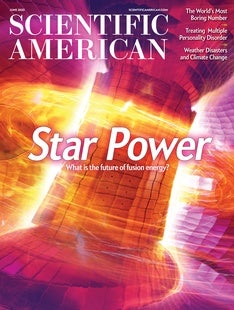 |
| July 06, 2023 |
This week, we're thinking about Van Gogh's Starry Night—or, rather, the starry sources for the pigments in its thickly-daubed brushstrokes. Our lead story is an astrophysicist's thoughtful reflection about how paint colors such as cobalt blue and cadmium yellow actually have their origins in core-collapse supernovae, merging pairs of neutron stars, and other celestial cataclysms that generate the heavier elements of the periodic table. After appreciating this astronomical side of art, indulge in our other offerings this week, which include articles on the launch of Europe's latest, greatest space telescope, a neutrino-based map of the Milky Way, the potential discovery of interstellar meteor fragments, and much, much more. Enjoy! |
| | Lee Billings, Senior Editor, Space & Physics
| |
 |
| |
| |
| |
| |
| |
| |
| |
| |
| |
| |
| |
| |
| |
| |
| |
FROM THE ARCHIVE
 | | | |
LATEST ISSUES
 |
| |
| Questions? Comments?  | |
| Download the Scientific American App |
| |
| |
























